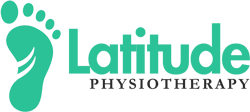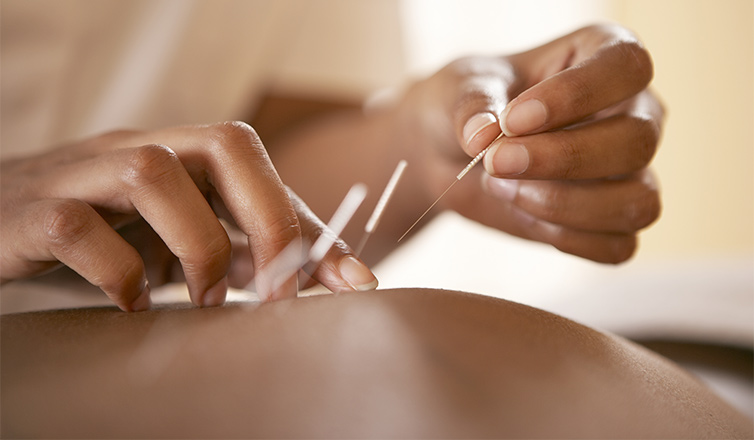Dry needling is the insertion of an acupuncture needle, a monofilament non-medicated stainless steel needle, into the soft tissues of the body, typically into a myofascial trigger point. Common needle widths are between .16 mm to .30 mm, much thinner than the needles used for typical medical injections. A trigger point is a taut, hyperirritable band found within a muscle which can cause a characteristic pattern of pain locally or at a distance from the trigger point. Weakness, abnormal recruitment of muscles, a loss of range of motion, headaches, disturbed sleep, and even tinnitus are also characteristic of trigger points. When stimulated by the insertion of a needle it will cause a muscle twitch, accompanied by a strong sensory and autonomic response. The sensory component can manifest itself as a variety of sensations (i.e. burning, aching, tingling) and can even reproduce the same pain a client regularly complains about. The autonomic component will sometimes cause sweating or even goosebumps. Following the twitch, the muscle will reflexively relax significantly.
The reduction of a trigger point is also accompanied by a reduction in the complaints of the client. Be that pain, lack of mobility, or performance, the results are always significant. Myofascial pain is one of the most common reasons a person goes to their doctor complaining of pain, and it is characterized by the presence of trigger points. Even intuitively many people recognize that their muscles are at least somewhat involved in the pain they are experiencing and are quick to opt for a massage. Massage and other external techniques can be quite effective. They even serve as a great compliment to dry needling, however, they cannot reach the center of these dysfunctional areas called trigger points.
In my years of experience in physical therapy, I have never witnessed such a profound technique such as dry needling. With the help of dry needling and a skillful physical therapist, I have been able to normalize my own chronic neck pain and lifelong imbalances. For my clients, the difference has been undeniable. Since becoming certified in Dry Needling my patients have enjoyed quicker results and better outcomes. Many of my clients have tried a wide variety of treatments before finding relief with the unique approach at Latitude Physiotherapy including dry needling. Have you tried dry needling yet? What are your feelings about it? Next time you find yourself complaining of pain, consider a treatment that dives deep to the heart of the problem!

